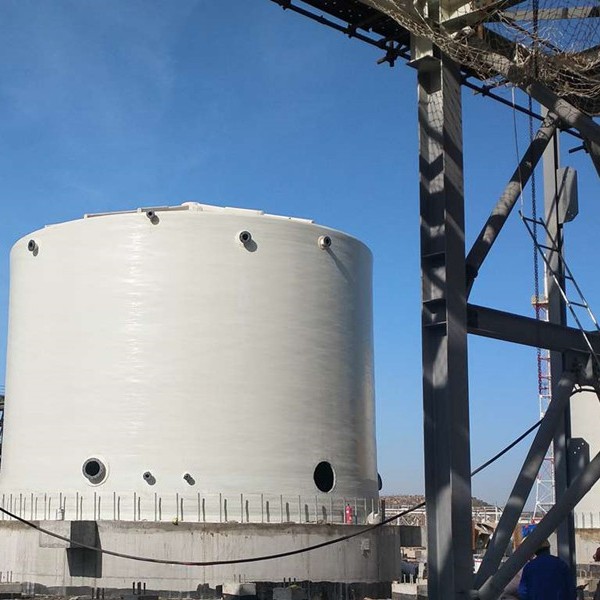
-
 Afrikaans
Afrikaans -
 Albanian
Albanian -
 Amharic
Amharic -
 Arabic
Arabic -
 Armenian
Armenian -
 Azerbaijani
Azerbaijani -
 Basque
Basque -
 Belarusian
Belarusian -
 Bengali
Bengali -
 Bosnian
Bosnian -
 Bulgarian
Bulgarian -
 Catalan
Catalan -
 Cebuano
Cebuano -
 China
China -
 China (Taiwan)
China (Taiwan) -
 Corsican
Corsican -
 Croatian
Croatian -
 Czech
Czech -
 Danish
Danish -
 Dutch
Dutch -
 English
English -
 Esperanto
Esperanto -
 Estonian
Estonian -
 Finnish
Finnish -
 French
French -
 Frisian
Frisian -
 Galician
Galician -
 Georgian
Georgian -
 German
German -
 Greek
Greek -
 Gujarati
Gujarati -
 Haitian Creole
Haitian Creole -
 hausa
hausa -
 hawaiian
hawaiian -
 Hebrew
Hebrew -
 Hindi
Hindi -
 Miao
Miao -
 Hungarian
Hungarian -
 Icelandic
Icelandic -
 igbo
igbo -
 Indonesian
Indonesian -
 irish
irish -
 Italian
Italian -
 Japanese
Japanese -
 Javanese
Javanese -
 Kannada
Kannada -
 kazakh
kazakh -
 Khmer
Khmer -
 Rwandese
Rwandese -
 Korean
Korean -
 Kurdish
Kurdish -
 Kyrgyz
Kyrgyz -
 Lao
Lao -
 Latin
Latin -
 Latvian
Latvian -
 Lithuanian
Lithuanian -
 Luxembourgish
Luxembourgish -
 Macedonian
Macedonian -
 Malgashi
Malgashi -
 Malay
Malay -
 Malayalam
Malayalam -
 Maltese
Maltese -
 Maori
Maori -
 Marathi
Marathi -
 Mongolian
Mongolian -
 Myanmar
Myanmar -
 Nepali
Nepali -
 Norwegian
Norwegian -
 Norwegian
Norwegian -
 Occitan
Occitan -
 Pashto
Pashto -
 Persian
Persian -
 Polish
Polish -
 Portuguese
Portuguese -
 Punjabi
Punjabi -
 Romanian
Romanian -
 Russian
Russian -
 Samoan
Samoan -
 Scottish Gaelic
Scottish Gaelic -
 Serbian
Serbian -
 Sesotho
Sesotho -
 Shona
Shona -
 Sindhi
Sindhi -
 Sinhala
Sinhala -
 Slovak
Slovak -
 Slovenian
Slovenian -
 Somali
Somali -
 Spanish
Spanish -
 Sundanese
Sundanese -
 Swahili
Swahili -
 Swedish
Swedish -
 Tagalog
Tagalog -
 Tajik
Tajik -
 Tamil
Tamil -
 Tatar
Tatar -
 Telugu
Telugu -
 Thai
Thai -
 Turkish
Turkish -
 Turkmen
Turkmen -
 Ukrainian
Ukrainian -
 Urdu
Urdu -
 Uighur
Uighur -
 Uzbek
Uzbek -
 Vietnamese
Vietnamese -
 Welsh
Welsh -
 Bantu
Bantu -
 Yiddish
Yiddish -
 Yoruba
Yoruba -
 Zulu
Zulu
Insulating Tanks for Enhanced Performance and Energy Efficiency
Understanding GRP Insulation Tanks A Comprehensive Overview
In the realm of modern engineering and construction, the utilization of Glass Reinforced Plastic (GRP) has gained significant traction, particularly in creating insulation tanks. These tanks have become an essential component in various industries, owing to their unique properties and advantages over traditional materials.
GRP, also known as fiberglass, is a composite material made from a polymer matrix reinforced with glass fibers. This combination provides exceptional strength, durability, and resistance to corrosion, making it an ideal choice for insulation tanks that are often subjected to harsh environmental conditions. The lightweight nature of GRP also facilitates easier handling and installation compared to conventional materials such as metal or concrete.
Understanding GRP Insulation Tanks A Comprehensive Overview
Moreover, GRP insulation tanks are highly customizable. Manufacturers can tailor the design and specifications to meet the specific needs of a project. This adaptability extends to various sizes, shapes, and insulation thicknesses, allowing for optimized performance based on the intended application. As a result, GRP insulation tanks can be designed for both above-ground and underground installations, accommodating diverse operational requirements.
grp insulation tank

Another critical aspect of GRP insulation tanks is their longevity. The materials used in construction resist degradation from environmental factors, such as UV radiation and moisture. Consequently, these tanks require minimal maintenance over their lifespan, translating to lower operational costs for businesses. The long-term durability of GRP also reduces the frequency of replacements, making it a cost-effective solution in the long run.
Safety is a paramount concern in any industrial setting. GRP insulation tanks are non-toxic and do not leach harmful substances into their contents, ensuring compliance with health and safety regulations. Additionally, their robust design minimizes the risk of leaks and spills, contributing to a safer working environment.
Sustainability is another important factor in today's industrial practices. GRP recycling initiatives are increasingly being implemented, allowing end-of-life tanks to be processed and repurposed, further minimizing environmental impact. As industries strive to adopt greener practices, GRP insulation tanks align well with these goals, providing a more eco-friendly alternative to traditional materials.
In conclusion, GRP insulation tanks represent a significant advancement in storage solutions across various industries. Their exceptional thermal insulation properties, durability, customizable designs, and safety features make them an ideal choice for businesses seeking efficiency and reliability. As technology continues to evolve, the use of GRP in insulation tanks is likely to expand, playing a pivotal role in shaping the future of industrial storage solutions. Embracing these modern materials not only enhances operational performance but also contributes to a more sustainable and economically viable industrial landscape.









